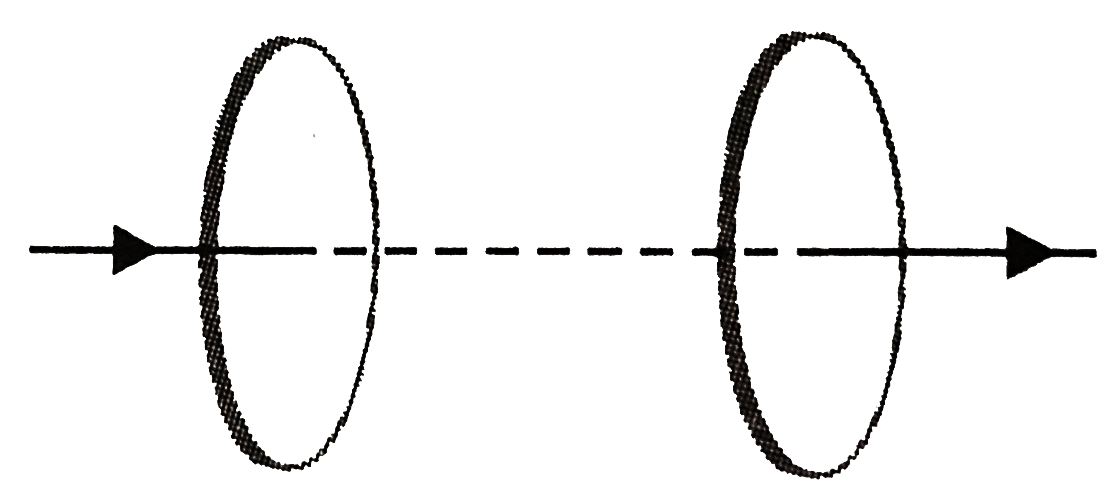Text Solution
Verified by Experts
|
Topper's Solved these Questions
ELECTROMAGNETIC WAVES
NCERT ENGLISH|Exercise Exercise|15 VideosView PlaylistELECTROMAGNETIC INDUCTION
NCERT ENGLISH|Exercise Exercise|17 VideosView PlaylistELECTROSTATIC POTENTIAL AND CAPACITANCE
NCERT ENGLISH|Exercise Exercise|37 VideosView Playlist
Similar Questions
Explore conceptually related problems
Knowledge Check
Similar Questions
Explore conceptually related problems
NCERT ENGLISH-ELECTROMAGNETIC WAVES-Exercise
- Fig. shows a capacitor made of two circular plates each of radius 12 c...
06:53
|
Playing Now - A parallel plate capacitor made of circular plates each of radius R= 6...
04:12
|
Play - What physical quantity is the same for X- rays of wavelength 10^10 m,r...
01:14
|
Play - A plane electromagnetic wave travels in vacuum along z- direction. Wha...
01:11
|
Play - A radio can tune into any station in the 7.5 MHz to 12 MHz band. What ...
01:15
|
Play - A charged particle oscillates about its mean equilibrium position with...
01:57
|
Play - The amplitude of the magnetic field part of a harmonic electromagnetic...
00:54
|
Play - Suppose that the electric field amplitude of an electromagnetic wave u...
03:27
|
Play - The terminology of different parts of the electromagnetic spectrum is ...
02:55
|
Play - In a plane electromagnetic wave, the electric field oscillates sinusoi...
Text Solution
|
Play - Suppose that the electric field part of an electromagnetic wave in vac...
Text Solution
|
Play - About 5% of the power of a 100 W light bulb is converted to visible ra...
Text Solution
|
Play - Use the formula lambdamT=0.29cmK to obtain the characteristic temperat...
Text Solution
|
Play - Given below are some famous numbers associated with electromagnetic ra...
06:35
|
Play - Answer the following questions: (a) Long distance radio broadcasts use...
Text Solution
|
Play
